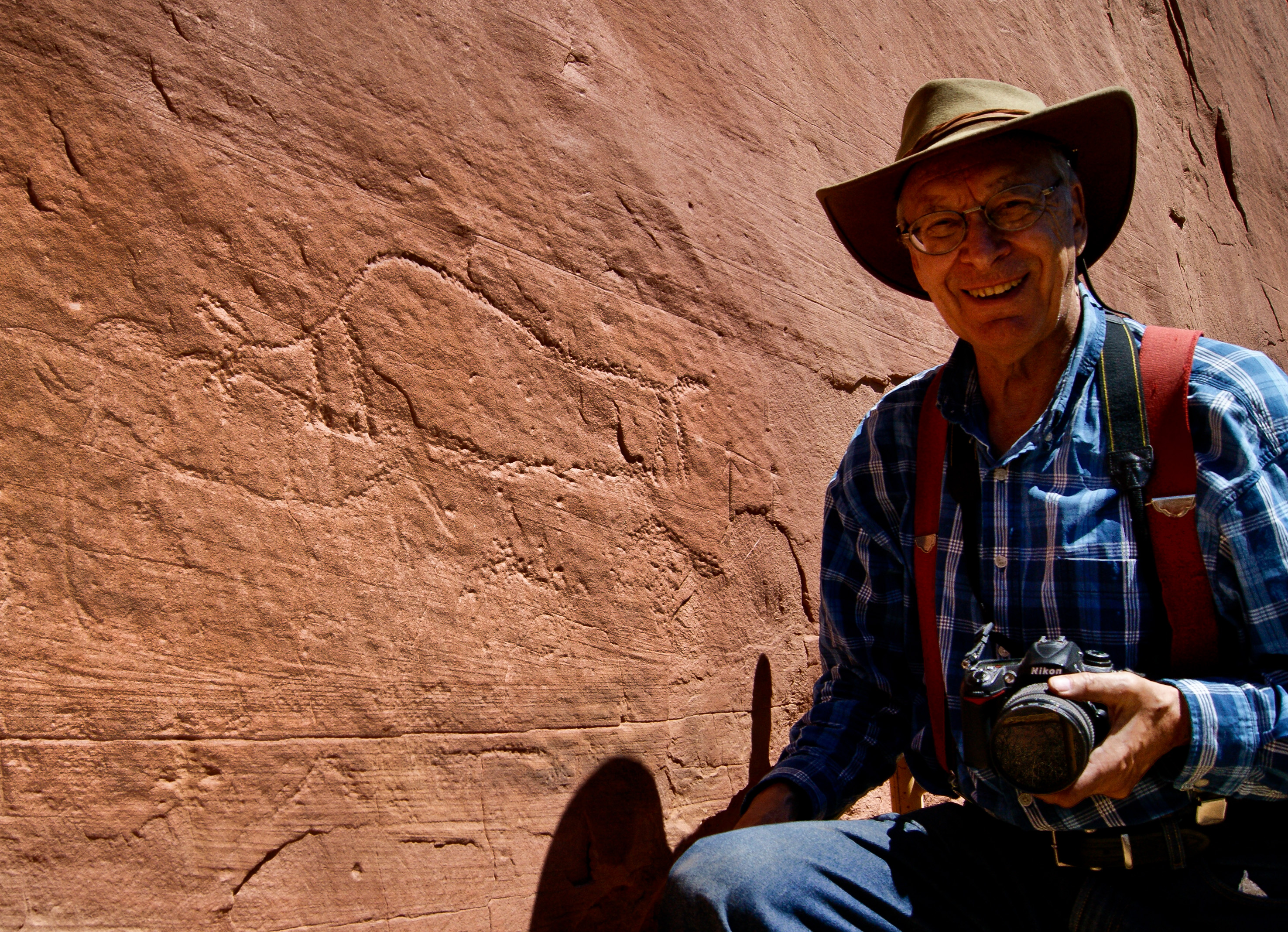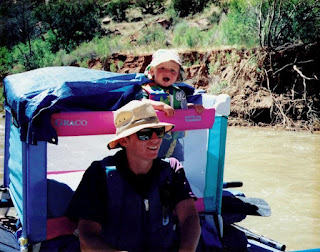 |
| Ski patroller Dylan Meshew lifts his heel both on and off the job. |
It appears the reports of telemarking’s death have been greatly exaggerated.
Announced in a May 2017 feature in Powder magazine titled “Telemark Skiing Is Dead” (and, perhaps to drive the stake deeper into its heart, subtitled, “The last story about telemark skiing, ever”), the article cited crashing interest in gear sales in the 2010s as a sign of the sport's imminent demise.
It attributed the passing of the 19th-century way to turn skis down a mountain, which had experienced a booming rebirth in the 1980s and ‘90s, to the sports’ “scruffy underground cool” going out of fashion. Noting that in 2017 there were no tele-focused ski makers and few boot manufacturers, the article concluded, “There are still a few thousand telemarkers in America, but that number probably won’t ever increase.”
Here in 2020, though, Matt Chmielarczyk sees it differently.















